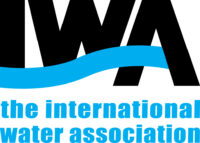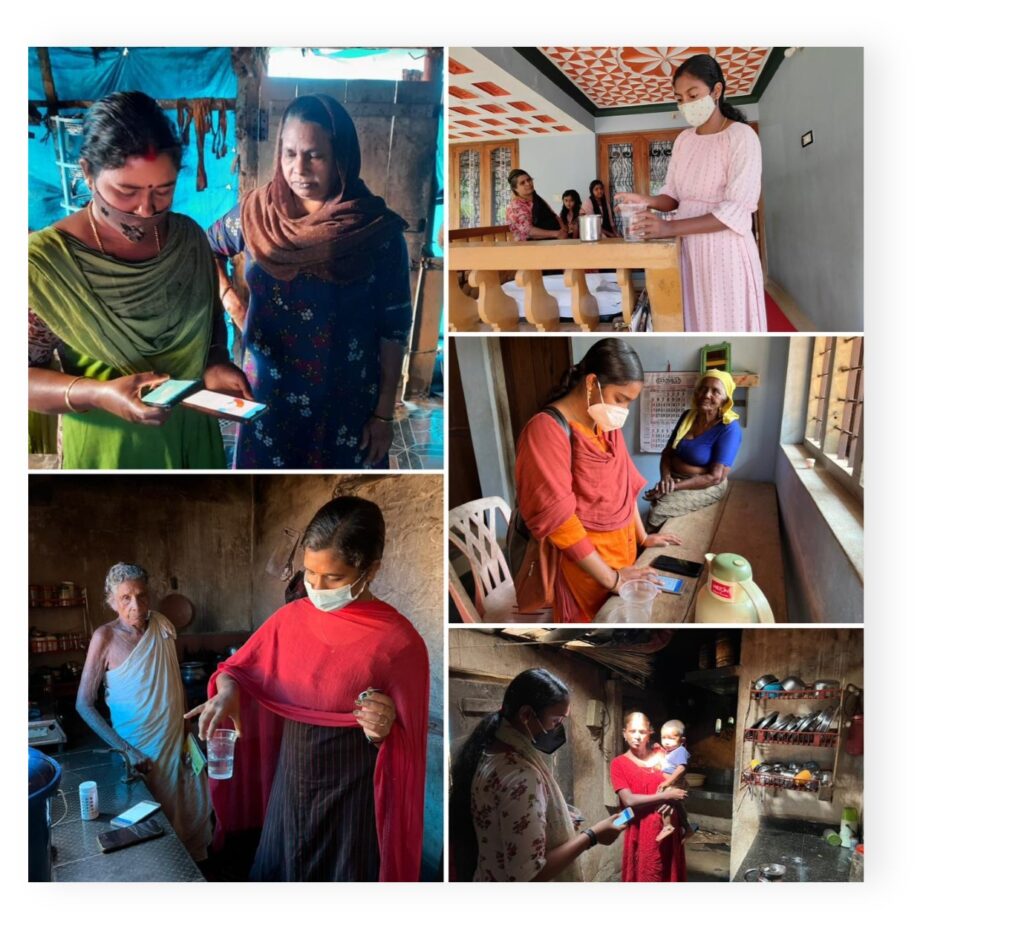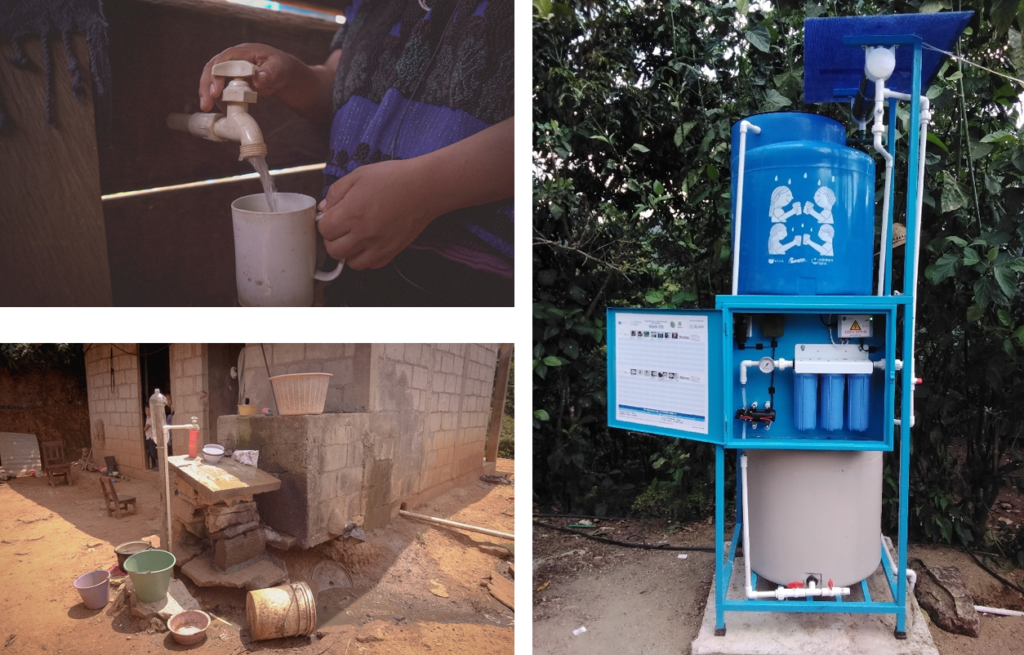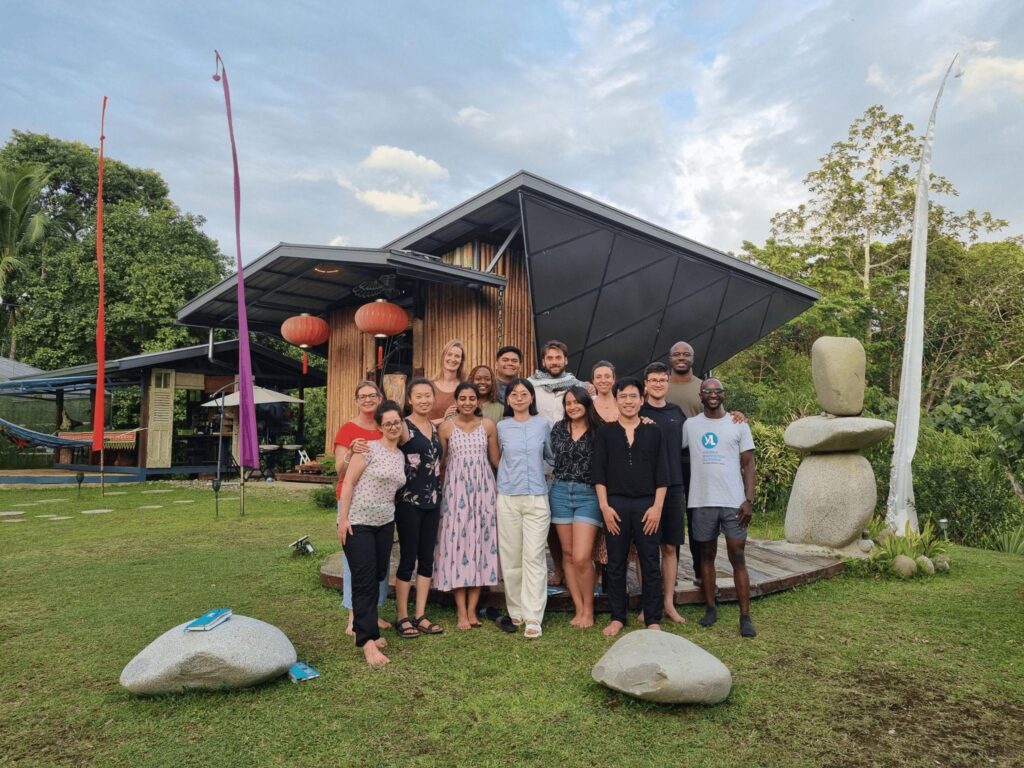Women and water and strongly intertwined in rural communities. The empowerment of women, of new and local voices, and of new ideas, has immense potential to improve how water systems in small, rural, or developing settings are managed.
Women and water and strongly intertwined in rural communities. The empowerment of women, of new and local voices, and of new ideas, has immense potential to improve how water systems in small, rural, or developing settings are managed. Following up on a recent IWA webinar on the topic, we want to provide 3 key insights that can improve water systems by building on the connections between women and water. The ideas presented here are specific examples of how that can be done. We hope that you might find links between these ideas and your specific work in water, towards improving health outcomes for the communities you serve.
Design to empower women as the water keepers of our communities
To quote Dr. Bhavani Rao (Amrita University): women are the keepers of our communities. In many places, they are the primary caregivers for children, the elderly, and those who are ill. They are also often the keepers of our water. For example, women across the world often carry the responsibility of collecting a family’s water. Rather than water supply being something that simply falls to women, WASH systems and institutions should be designed to empower women to maintain and develop those systems and institutions. During the webinar, Dr. Rao presented an interesting case study on how this is being done today. The Women in Sustaining the Environment (WISE) Project currently works to equip women in the rural village of Dongarampur with the information and resources they need to successfully monitor and maintain drinking their water supplies, and to advocate for how money is allocated towards their water systems.
Water safety technologies are a human perception problem, not a technology problem
There are places where legacy protocols, guidelines, and institutions hinder water system improvements. Consider this from a water technology perspective. There are water disinfection technologies, like chlorine, which work very well in many contexts, and they are embedded in standard protocols or guidelines because of that (for example, protocols for disinfecting water in humanitarian response settings). However, there are cases where those deeply embedded technologies do not work as well, or where there are better options. During the webinar, Dr. Natalie Hull (Ohio State University) described remarkable ways in which we could reimagine rural or low-resource water treatment (e.g., hydro-powered UV light emitting diodes spread throughout a water distribution system). There are settings around the world where those advancements will not be explored because protocols, institutions, or public perception lag behind the state of technology. In the same way, we need to consider how legacy protocols and institutions are a barrier to new and diverse voices or stakeholders, including women, that could improve our water systems.
It’s not just about technology. Solutions must be contextualized
Ane Galdos and Cántaro Azul have worked for years to help guarantee access to safe water in rural communities across Mexico. A core tenet of their programmes is understanding how women perceive the changes in their lives as a result of a WASH intervention. In other words, their work considers how a person describes that their life has changed following the intervention. For example, they have held reflection sessions asking women how a household UV water disinfection system has affected their safety, or their mental health. Why is this important? In order to address water insecurity and improve wellbeing, WASH services need to be used consistently. Therefore, WASH services need to make life easier, and they need to fit into a person’s unique life and culture. Solutions must be local and contextualized.
This article was written by members of the International UV Association’s UN SDG Task Force. Since 2021, the Task Force has worked to support the effective and safe application of UV technology to improve public health in developing settings. You can learn more about their work at www.iuva.org. This article was written as a follow up to the recent webinar Small water disinfection systems: UV light & the role of women in remote communities, which is available on demand on IWA Connect Plus.






